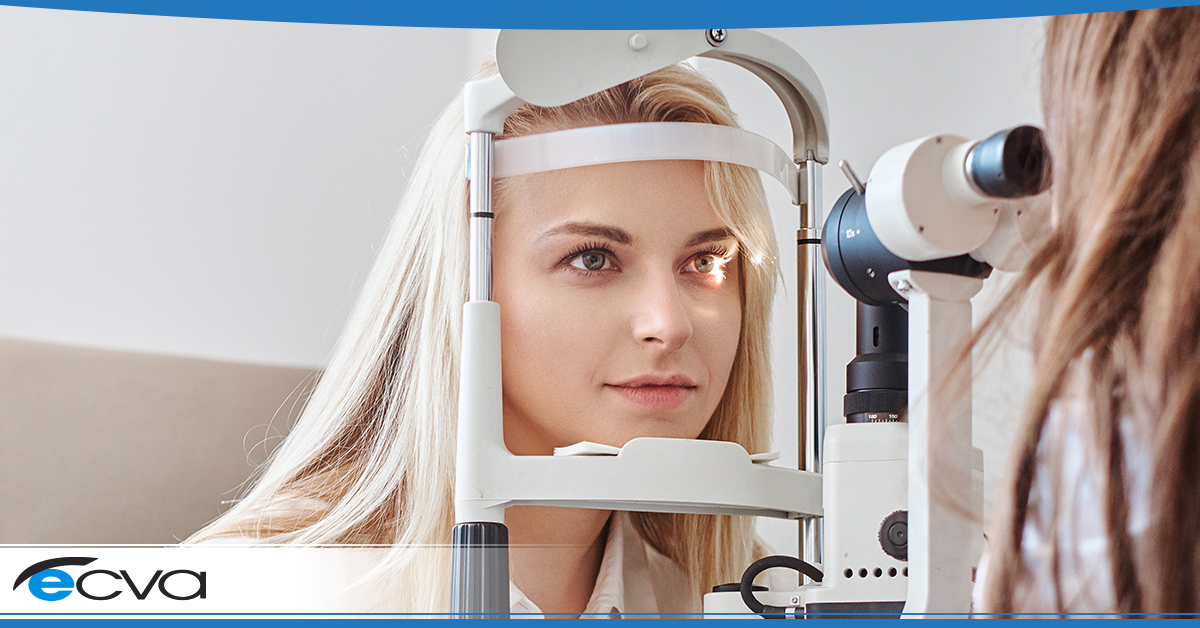Over time, a person’s vision typically changes. Losing near vision is one such change, frequently impacting people as they reach their 40s and beyond. It’s a normal part of the aging process, leading to a condition called presbyopia.
One normal response to this shift in visual acuity is to get reading glasses or readers. These types of corrective lenses can help you see items that you’re holding up close, such as the pages of a book you want to read.
If you want to know if you need readers, here’s what you need to know.
What Is Presbyopia?
First, it’s important to understand a bit about what presbyopia is and what it isn’t. Presbyopia is a form of farsightedness caused by an eye’s loss of lens elasticity, something that generally happens naturally as a person ages, usually starting when a person is in their mid-40s.
As the lens hardens, it struggles to focus properly, impacting visual acuity. Having trouble reading is usually one of the first signs of presbyopia, leading people to hold objects further away in an attempt to focus on the text.
However, presbyopia is not the only form of farsightedness. Hyperopia – a form of farsightedness – also makes it harder to view items that are close to your eyes. But hyperopia is caused by irregularities in the eye’s shape, not a loss of elasticity.
How to Tell If You Need Readers
Figuring out whether your vision changes are related to presbyopia, hyperopia, or another eye condition usually requires a thorough eye exam. That way, they can determine which course of treatment is best.
If it is presbyopia, glasses are usually the answer. For people who don’t have any issues with their distance vision, readers may be all you need. They allow you to increase your up-close visual acuity when you need it, such as when you’re reading. Then, you can take them off when you’re relying on your distance vision.
In the early stages of presbyopia, readers with diopters of +1.25 to +1.50 are usually enough. However, as your vision continues to change, you may need stronger reading glasses, potentially up to +2.50 to +2.75 by the time you reach your late 50s or early 60s.
However, if your distance vision also needs correction, then bifocals may be a better choice. A section near each lens base will have a different prescription, one dedicated to close tasks like reading. The upper portion of the lens will have your distance vision prescription, allowing you to cover both visual issues. When you need your near vision, you simply focus through the lower section of the lens. When you don’t, you use the mid to upper portion.
As with readers, your bifocals may also need to be adjusted over time. That way, you can have the right strength, allowing you to see up close with greater ease.
If you think you may have presbyopia or are experiencing any vision changes, schedule an appointment with your eye doctor. At ECVA, our staff works diligently to care for patients’ health and will help determine the cause of your vision changes and identify the right course of treatment. Schedule an appointment at your closest ECVA clinic today.







